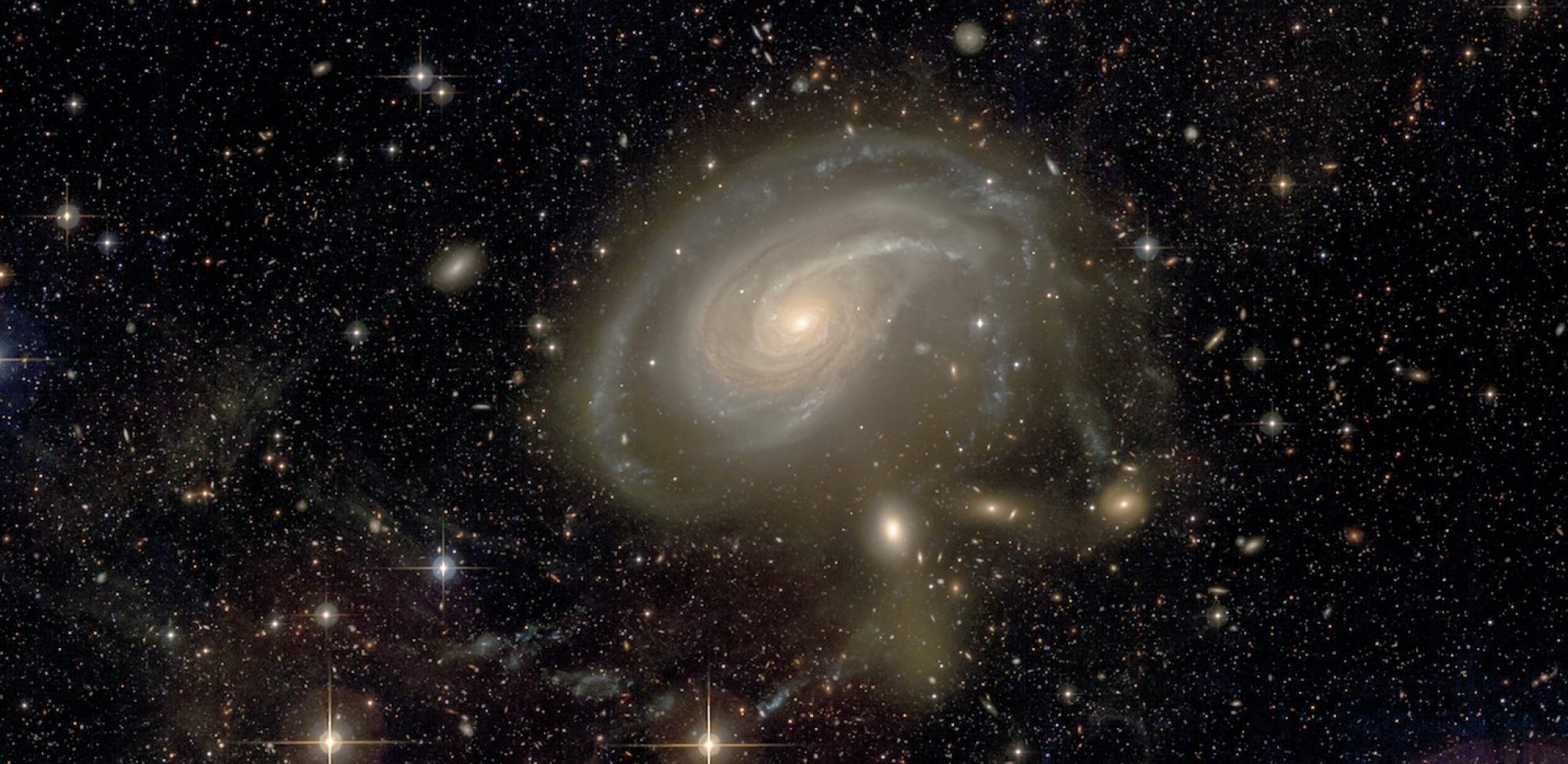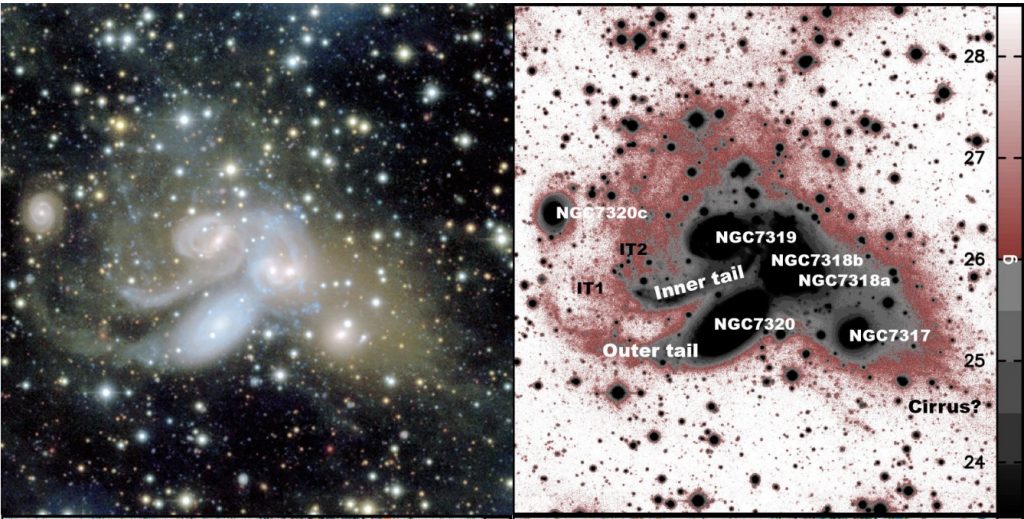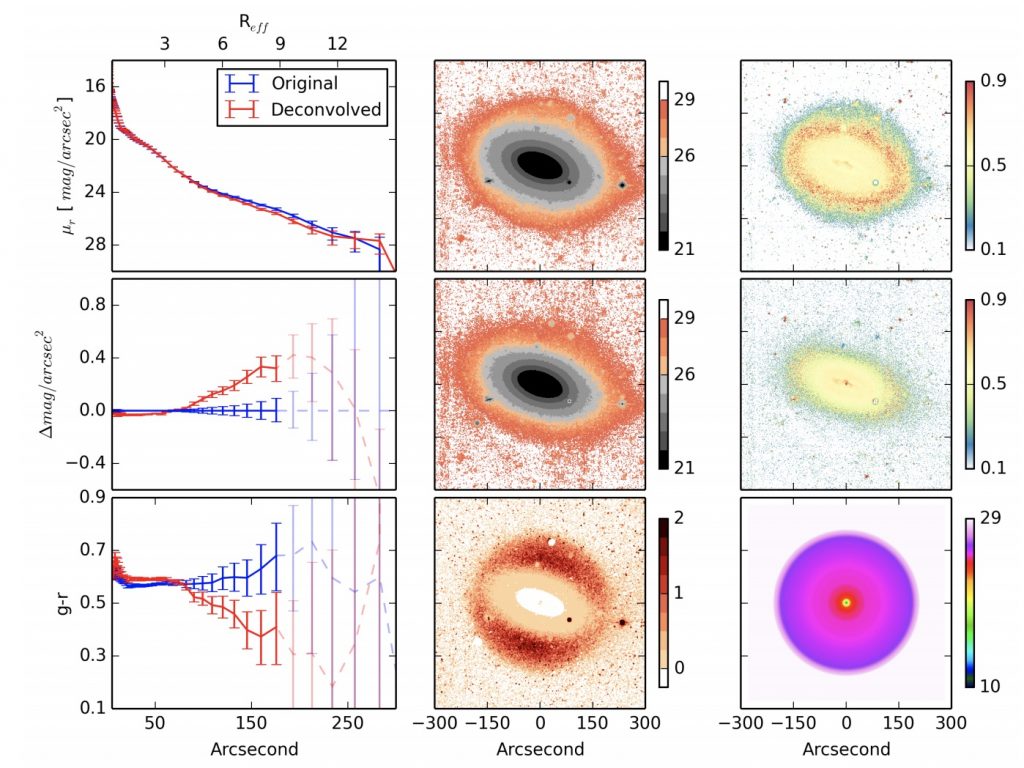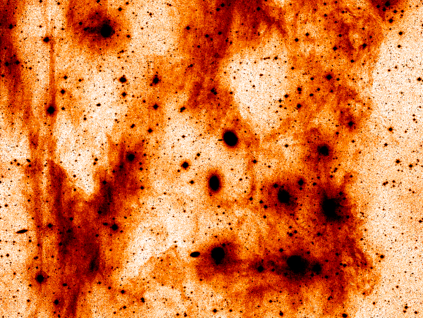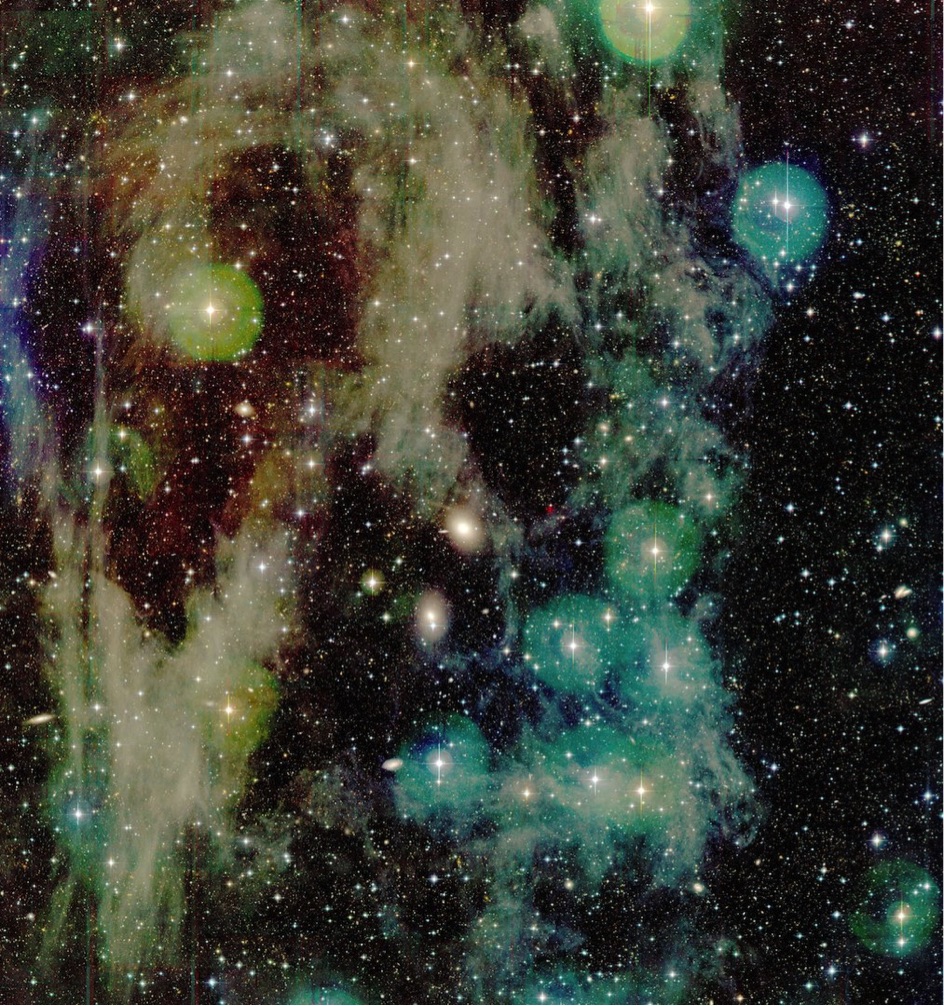
En combinant des observations multi-longueur d’ondes obtenues depuis l’espace avec les satellites Planck et WISE et au sol avec le CFHT, une équipe de chercheurs notamment du CNRS et du CEA est parvenu à sonder la structure de la matière interstellaire avec une finesse inégalée. L’étude a en particulier permis de déterminer les propriétés de la turbulence interstellaire sur une gamme d’échelles spatiales encore jamais atteinte: de 10 pc à 0.01 pc. L’innovation principale de ces travaux est l’utilisation d’un télescope optique (le CFHT) pour étudier la structure de la matière à très grande résolution spatiale, ce que ne permettent pas les observations classiques du milieu interstellaire effectuées dans l’infrarouge. Ces travaux sont publiés dans la revue Astronomy and Astrophysics.
